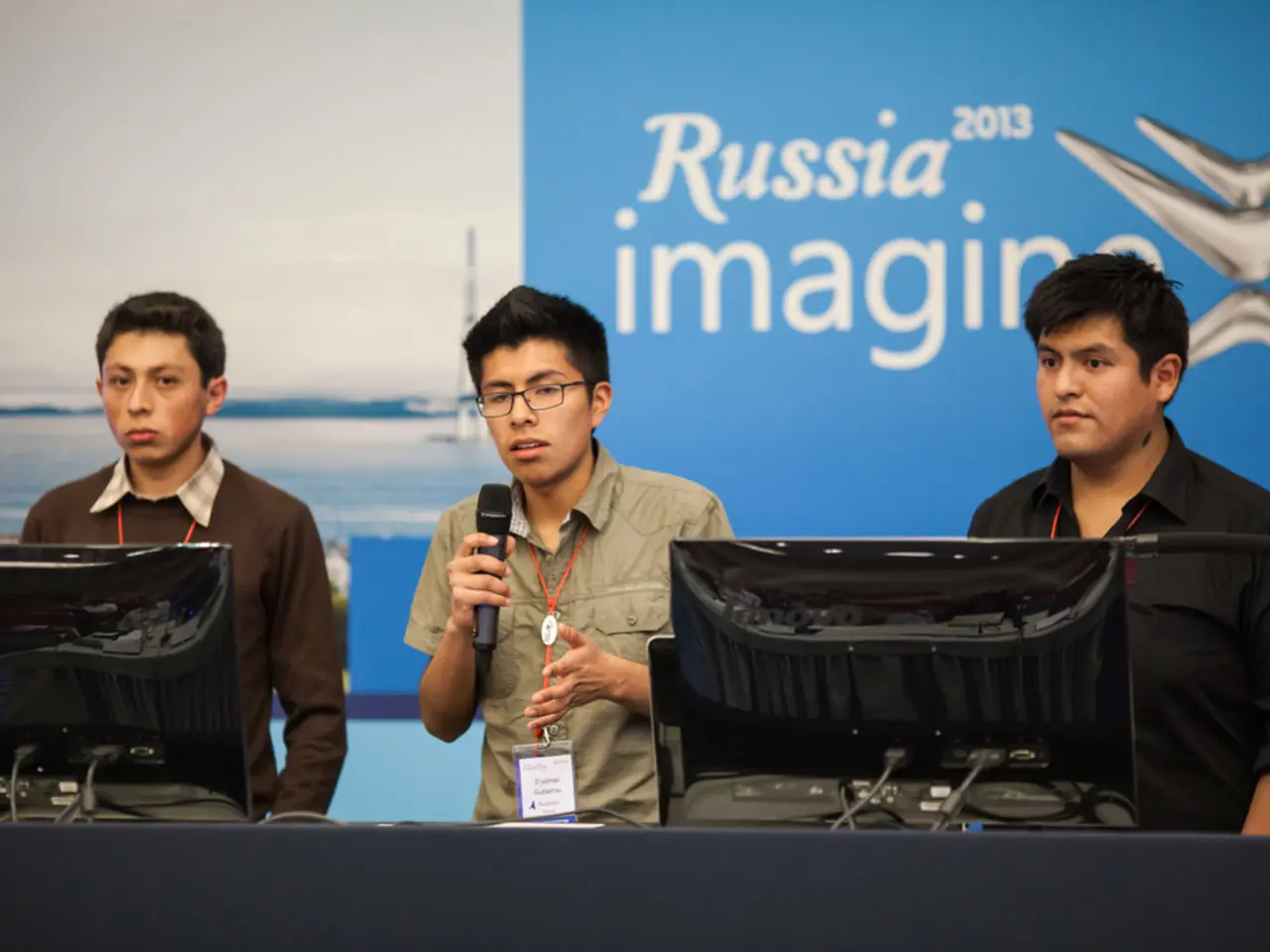Collaboration Between Central Tennessee PBS, PMVG, and Vendors on Sign-Language Alerts Using ATSC 3.0 Technology
In a significant stride towards enhancing emergency alert systems, a collaboration led by the Advanced Warning and Response Network Alliance (AWARN) is leveraging ATSC 3.0 technology to provide American Sign Language (ASL) services.
The initiative, supported by the Advanced Television Systems Committee (ATSC), aims to bring ASL emergency alerts to a wider audience, making critical information more accessible to the Deaf and hard-of-hearing communities.
The collaboration is powered by PMVG's NextGen TV (ATSC 3.0) station in Cookeville, Tennessee. The meeting, hosted by WCTE president and CEO Avery Hutchins and Putnam County EMA Director Brandon Smith, brought together project leaders, station engineers, emergency management experts, specialists in accessibility solutions, local government officials, including the Putnam County Mayor and the Cookeville Mayor.
EQ4ALL co-CEO, Kevin Lee, demonstrated human avatar technology that delivers emergency alerts in ASL over various platforms. Lee underscored the importance of signing for hearing-impaired individuals, as they cannot rely on text-based alerts.
DigiCAP's senior VP Joonyoung Park introduced the company's cloud-based, NextGen TV "broadcast app" technology that integrates seamlessly with existing emergency alert infrastructure. Park highlighted that ATSC 3.0 technology improves this capability by adding intelligence and accessibility features to the alerts.
The avatars not only sign critical messages but also guide viewers to trusted local resources for additional information. The ATSC 3.0 standard, according to Lee, allows the addition of sign language capabilities, making alerts more accessible and impactful.
Attendees expressed strong support for the initiative and agreed to work together to complete further testing and deployment. The FCC is also actively reviewing and planning a comprehensive modernization of the Emergency Alert System (EAS) to improve resilience, accessibility, and inclusivity—including language access like ASL—while considering new technology platforms and device capabilities.
In summary, the collaboration between AWARN, ATSC, and local organizations such as WCTE and PMVG is a significant step towards ensuring that emergency alerts reach everyone, regardless of their hearing abilities. The use of ATSC 3.0 technology promises to bring ASL services to emergency alert systems, making critical information more accessible to the Deaf and hard-of-hearing communities.
- The ASL emergency alerts initiative relies on ATSC 3.0 technology's infrastructure, as demonstrated by PMVG's NextGen TV station in Cookeville, Tennessee.
- EQ4ALL co-CEO, Kevin Lee, showcased their human avatar technology delivering ASL alerts over various platforms, emphasizing its significance for hearing-impaired individuals.
- DigiCAP's senior VP, Joonyoung Park, presented their cloud-based, NextGen TV "broadcast app" technology, compatible with existing emergency alert infrastructure.
- The collaboration among AWARN, ATSC, WCTE, PMVG, and others aims to complete further testing and deployment of the ASL emergency alert system, focusing on digital technology and education and self-development.
- The ATSC 3.0 standard's addition to traditional alerts in the form of sign language capabilities improves accessibility and impact, as emphasized by Lee.
- The avatars not only sign critical messages but also provide guidance to trusted local resources for more information in the context of education and personal growth.
- The FCC is planning a comprehensive modernization of the Emergency Alert System (EAS), considering new technology platforms and devices, with a focus on improving resilience, accessibility, and inclusivity, including ASL and OTT media.
- The collaboration signifies a significant step towards ensuring emergency alerts reach everyone, leveraging data-and-cloud-computing technology and the latest technologies like nextgen tv and media, while promoting accessibility and inclusivity for the Deaf and hard-of-hearing communities.




